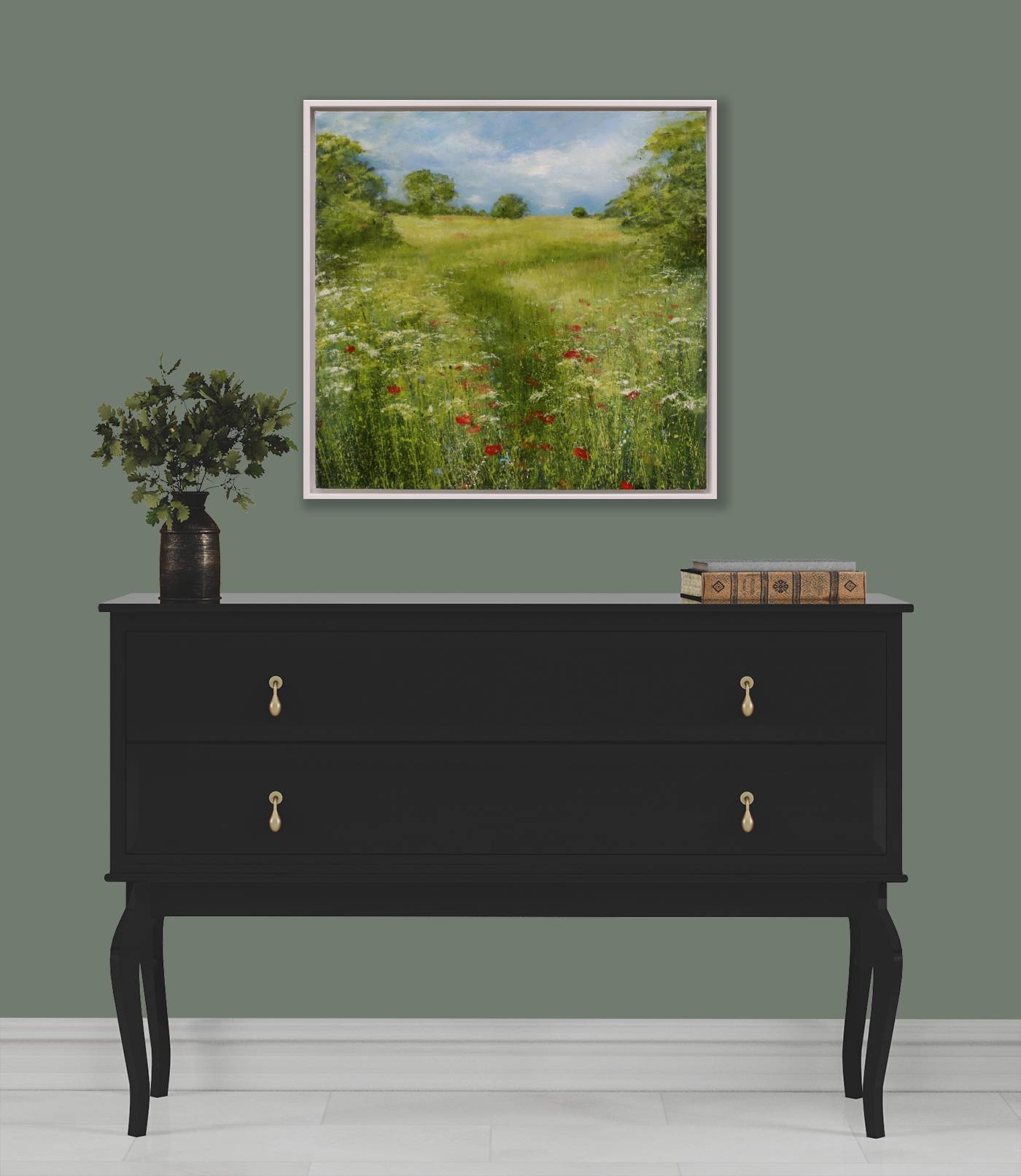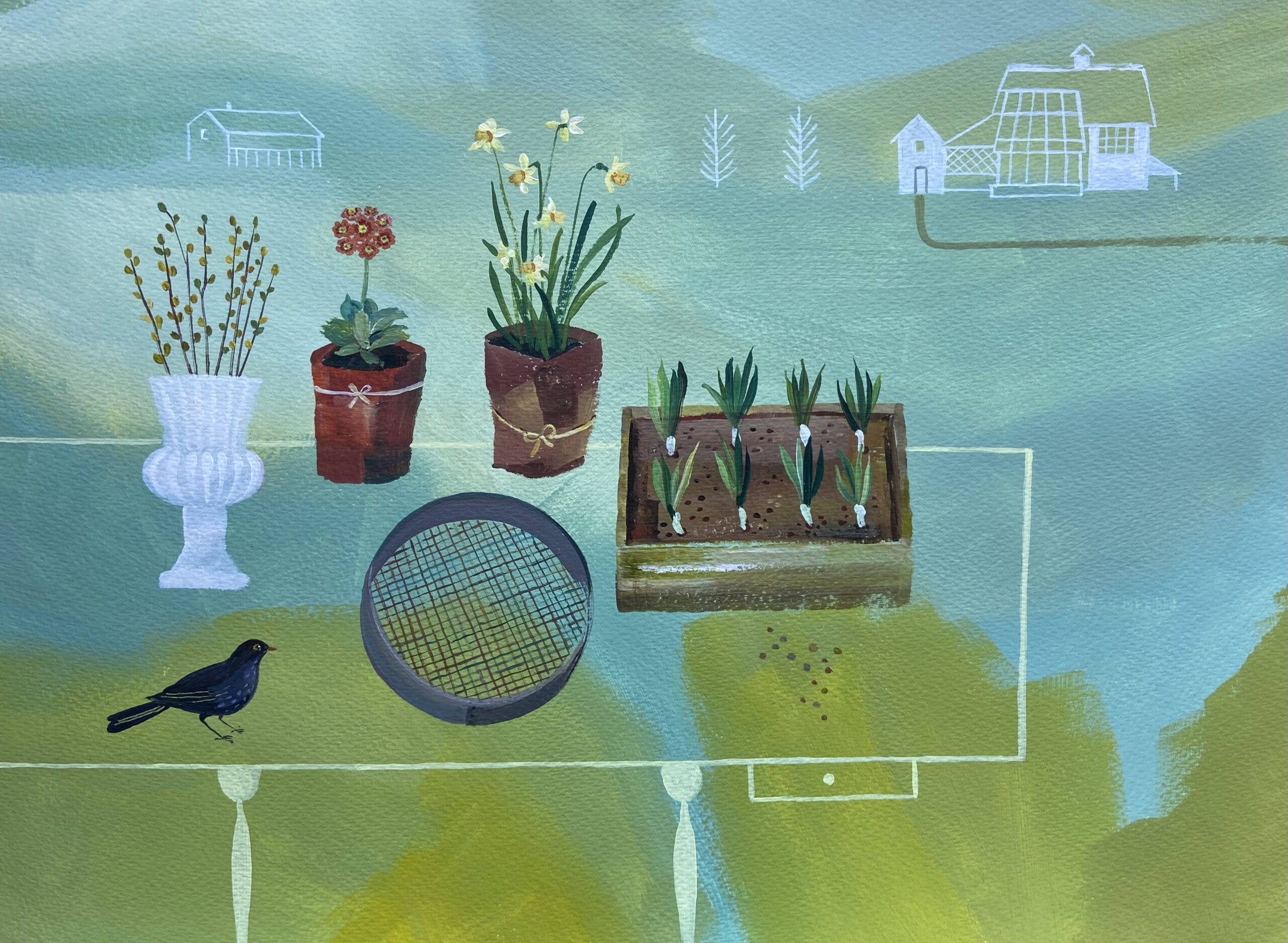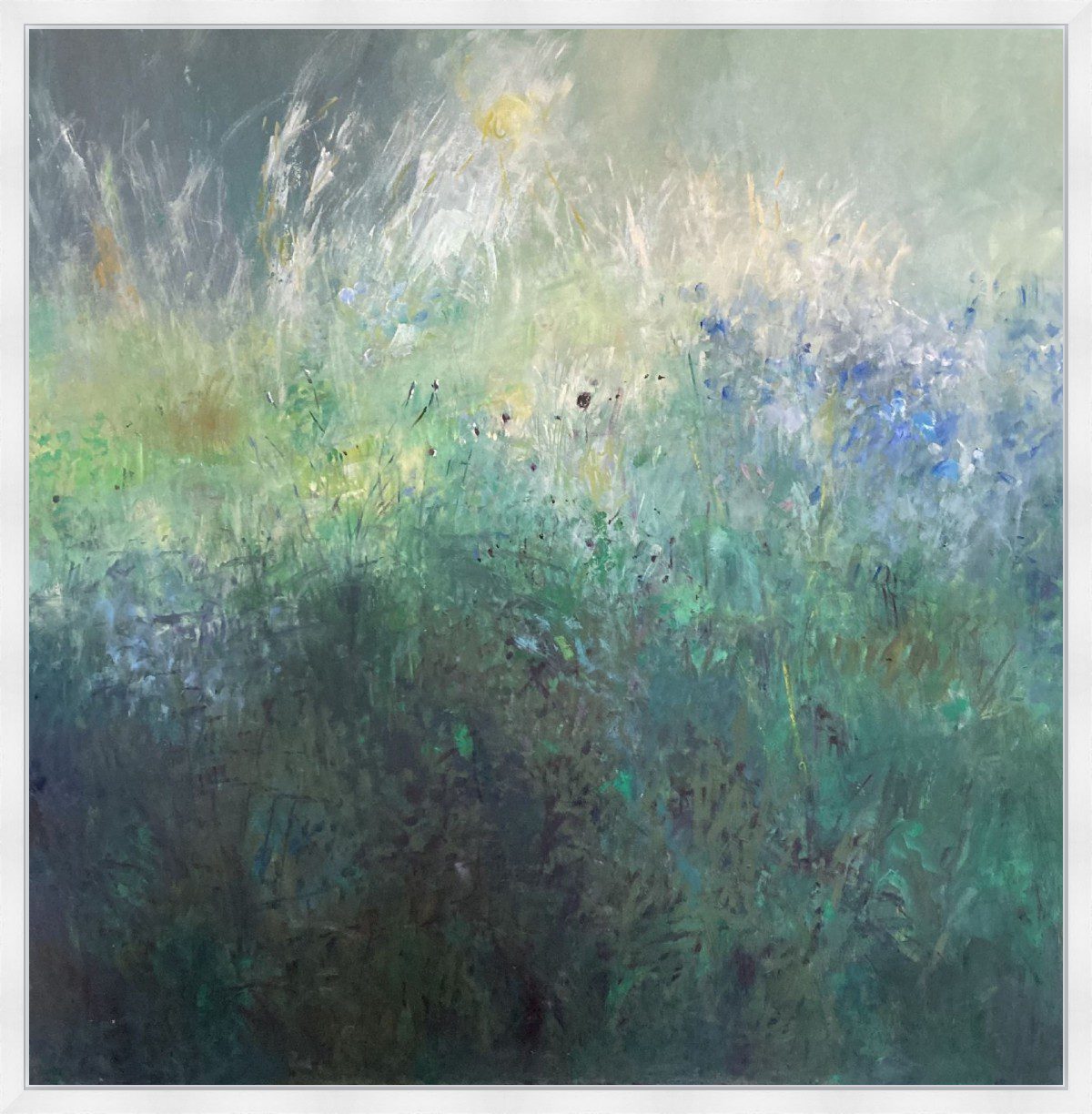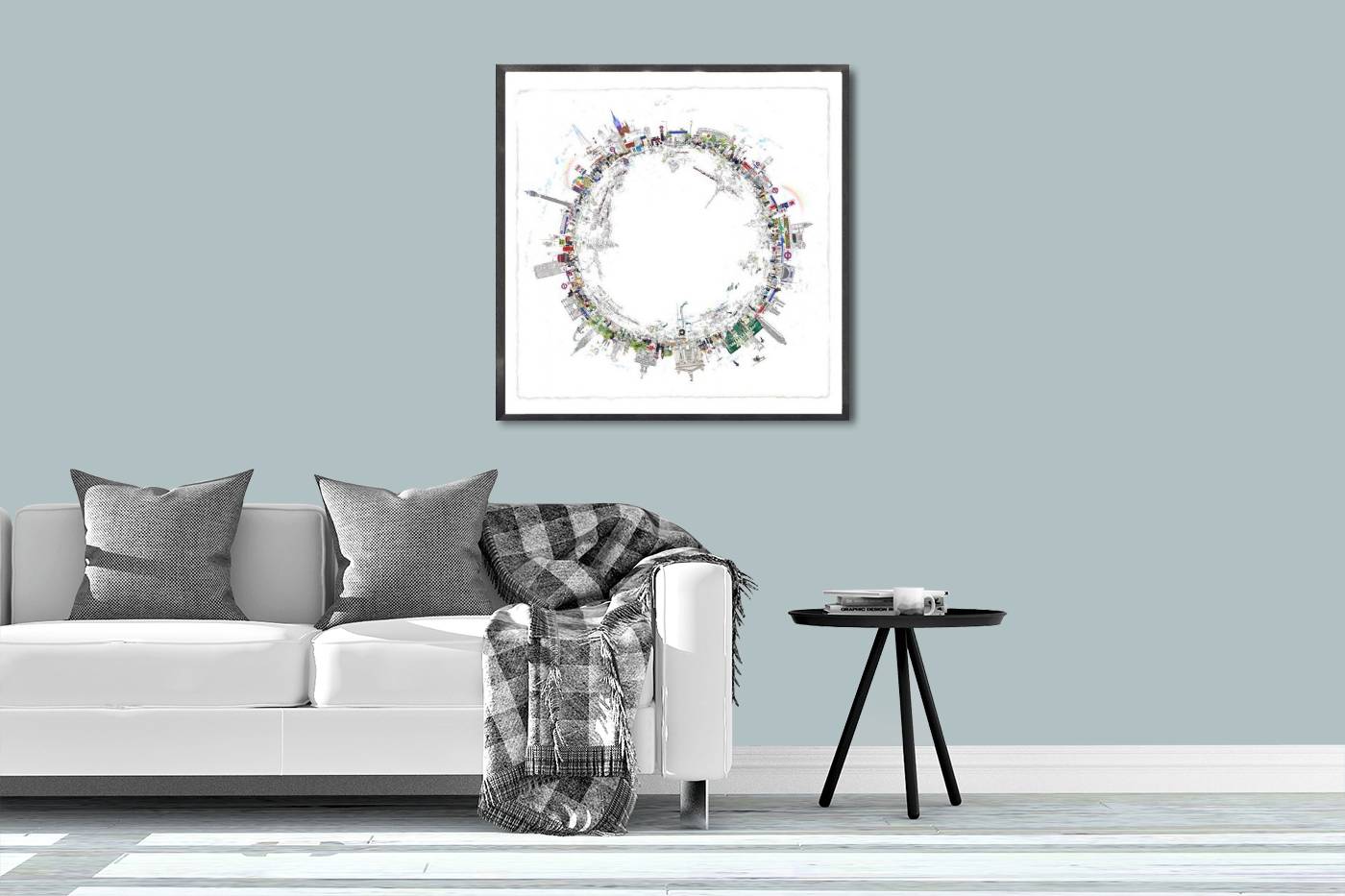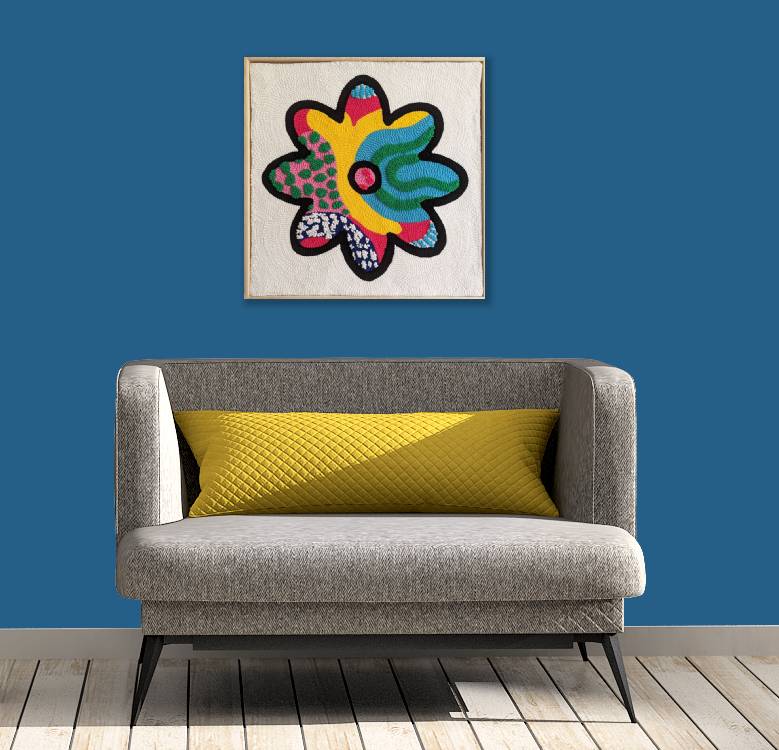Art therapy is a form of therapy that uses creative expression, although not well known, art is used to help individuals explore and express their emotions. It is a powerful tool for healing and personal growth that can be used by people of all ages and backgrounds. Through the use of art materials such as paint, clay, and markers, art therapy provides a safe and supportive environment for individuals to express themselves in a non-verbal way.
Art therapy has been found to be effective in treating a wide range of mental health issues, including depression, anxiety, and trauma. It can also be helpful for individuals who have difficulty expressing themselves verbally, such as children or those with developmental disabilities. By creating art, individuals can tap into their unconscious thoughts and feelings, and gain insight into their inner world.
Art therapy can also help individuals develop coping skills and build resilience, which can be beneficial in all areas of life.
Foundations of Art Therapy
Historical Context
Art therapy has been used as a form of healing for centuries. The earliest known example of art therapy can be traced back to the Paleolithic era, where cave paintings were used to depict rituals and healing practices. In the 1940s, art therapy was formally recognised as a therapeutic practice in the UK and the US.
Core Principles
Art therapy is based on the belief that the creative process can be healing and transformative. Through the use of various art materials and techniques, individuals can express themselves in a non-verbal way and explore their emotions, thoughts, and experiences. Art therapy is a client-centred practice, meaning that the individual is in control of their own creative process and the therapist is there to facilitate and support their journey.
The core principles of art therapy include:
- Non-judgmental attitude: The therapist creates a safe and supportive environment where individuals can freely express themselves without fear of criticism or judgement.
- Creative expression: Individuals are encouraged to use a variety of art materials and techniques to explore their feelings and experiences.
- Symbolism: Art is viewed as a form of symbolic communication, where individuals can express complex emotions and experiences through visual imagery.
- Integration: Art therapy aims to integrate the mind, body, and spirit, and to promote holistic healing.
Because of these factors, art therapy is a powerful tool for healing and self-discovery. By tapping into our innate creativity, we can gain a deeper understanding of ourselves and our experiences, and find new ways to navigate the challenges of life.
Art Therapy in Practice
Materials and Methods
In art therapy, a variety of materials are used to encourage self-expression and creativity. These materials can include paints, markers, clay, and collage materials. Clients are encouraged to use whatever materials they feel drawn to, as this can help them to express themselves in a way that feels most natural to them.
The methods used in art therapy can vary depending on the needs of the client. Some clients may benefit from structured exercises, while others may prefer a more free-form approach. Practitioners may use prompts or directives to help guide the client’s creative process, or they may simply allow them to create whatever comes to mind.
Setting and Structure
The setting and structure of an art therapy session can also vary depending on the needs of the client. Some clients may benefit from a quiet, private space where they can work without distractions, while others may prefer a more social setting where they can interact with others, akin to an art gallery.
Sessions typically begin with a check-in to see how the client is feeling and what they would like to work on. From there, clients may spend some time discussing their artwork and what it represents to them. They might also work on developing coping skills or exploring difficult emotions through the creative process.
Art therapy is a powerful tool for self-expression and healing. Providing a safe and supportive environment can help clients explore their emotions and work towards greater self-awareness and personal growth.
Art Therapy Benefits
Art therapy is a form of therapy that utilises the creative process of making art to improve one’s physical, mental, and emotional well-being. Here are some of the benefits of art therapy:
Emotional Healing
Art therapy can help individuals express and process difficult emotions in a safe and non-judgmental environment. Through art-making, individuals can explore their feelings and experiences, gain insight into their emotions, and develop healthy coping mechanisms. Art therapy has been shown to be effective in treating a range of emotional issues such as depression, anxiety, trauma, and grief.
Cognitive Improvements
Art therapy can also improve cognitive function, including memory, attention, and problem-solving skills. Creating art requires focus and concentration, which can help improve cognitive abilities. Also, art-making can stimulate the brain and promote neural connections, leading to improved cognitive function over time.
Social Benefits
Art therapy can also provide social benefits by promoting communication and connection with others. Group art therapy sessions can foster a sense of community and support, as individuals share their experiences and artwork with others. Individuals may also choose to visit art exhibitions or fairs, where they can meet like-minded artists and develop social skills such as empathy, active listening, and collaboration.
Art therapy is a powerful tool for promoting healing and well-being. By harnessing the creative process, individuals can gain insight into their emotions, improve cognitive function, and connect with others in a meaningful way.
Come and Visit us!
At Byard Art, we are nestled in the historic city of Cambridge. You can shop our artwork and view our upcoming exhibitions online, or visit us in-store, where we’d be delighted to arrange and oversee commissions from your favourite artists.

